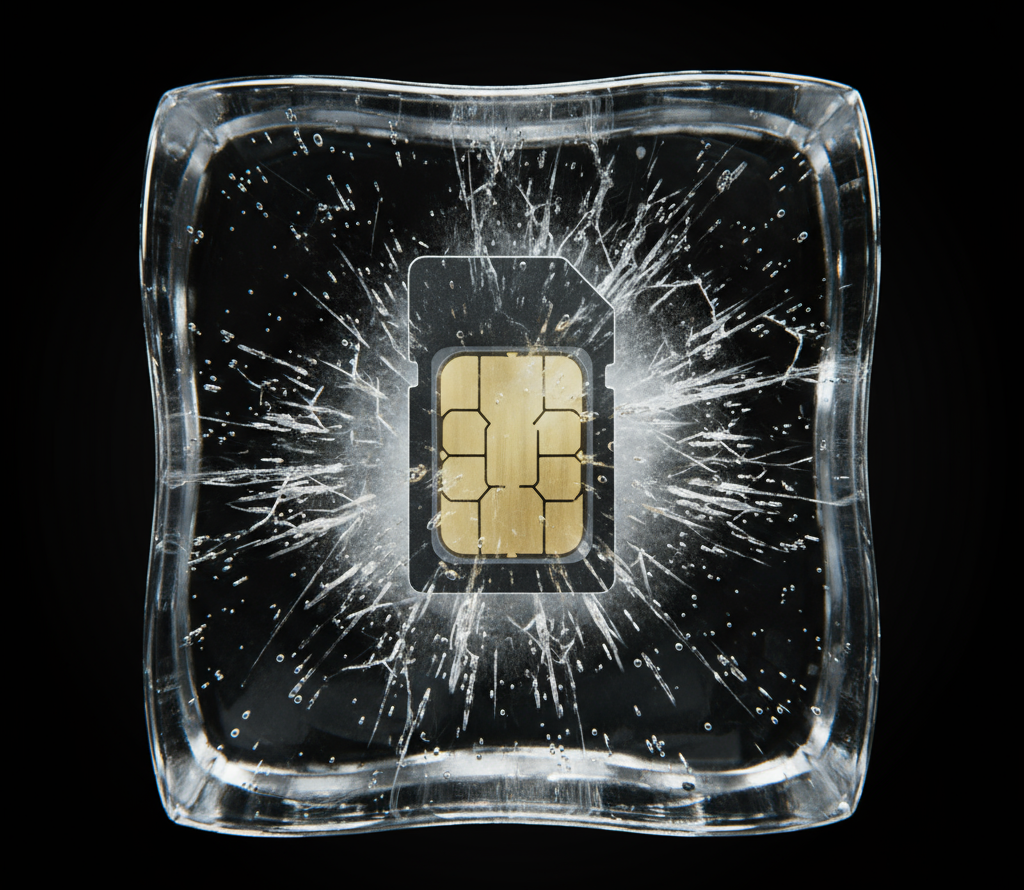Attackers already exploit a Windows Kernel elevation-of-privilege zero-day (CVE-2025-62215). Therefore, admins should patch fast and verify that sensitive servers and workstations receive the fixes. Meanwhile, a critical zero-click remote code execution in GDI+ (CVE-2025-60724) raises urgency because a malicious metafile upload can trigger code execution without user interaction on affected Web services. As a result, this Patch Tuesday demands a focused rollout, tight change control, and immediate validation in high-exposure environments.
𝐖𝐡𝐚𝐭 𝐜𝐡𝐚𝐧𝐠𝐞𝐝 𝐭𝐡𝐢𝐬 𝐦𝐨𝐧𝐭𝐡 — 𝐚 𝐪𝐮𝐢𝐜𝐤 𝐬𝐮𝐦𝐦𝐚𝐫𝐲
Microsoft released fixes for roughly sixty-plus CVEs this month, including one actively exploited zero-day and multiple high-impact bugs rated more likely to be exploited. Consequently, the patch load is lighter than last month’s record, yet the risk profile remains serious. Because the exploited kernel flaw enables SYSTEM-level escalation, defenders should assume post-compromise operators will chain it after phishing, Web app bugs, or lateral movement.
𝐙𝐞𝐫𝐨-𝐝𝐚𝐲: 𝐖𝐢𝐧𝐝𝐨𝐰𝐬 𝐊𝐞𝐫𝐧𝐞𝐥 𝐄𝐨𝐏 (𝐂𝐕𝐄-𝟐𝟎𝟐𝟓-𝟔𝟐𝟐𝟏𝟓)
This vulnerability stems from a kernel race condition and lets a local attacker gain SYSTEM privileges. Therefore, treat it as a post-exploitation accelerant: once adversaries land on a host, they can elevate, disable EDR, dump LSASS, and seize high-value tokens. In practice, you should:
• Prioritize patching domain controllers, management jump boxes, and terminal servers.
• Hunt for suspicious driver loads and token manipulation after applying updates.
• Block unsigned kernel drivers and enforce Credential Guard where possible.
(Outbound: MSRC CVE-2025-62215; national CERT notes exploitation in the wild.)
𝐂𝐫𝐢𝐭𝐢𝐜𝐚𝐥 𝐳𝐞𝐫𝐨-𝐜𝐥𝐢𝐜𝐤: 𝐆𝐃𝐈+ 𝐑𝐂𝐄 (𝐂𝐕𝐄-𝟐𝟎𝟐𝟓-𝟔𝟎𝟕𝟐𝟒)
A heap-based buffer overflow in the Windows Graphics component (GDI+) enables RCE. Because exploitation can occur when a Web service processes an uploaded document containing a malicious metafile, exposure extends to file-handling backends, content management systems, and scanning gateways. Consequently, patch public-facing nodes and line-of-business apps that accept image or document uploads. Then review WAF rules for EMF/WMF content handling. Additionally, keep defense in depth: run these services with least privilege and strict sandboxing to shrink blast radius.
(Outbound: MSRC CVE-2025-60724; vendor and third-party advisories.)
𝐈𝐝𝐞𝐧𝐭𝐢𝐭𝐲 𝐫𝐢𝐬𝐤: 𝐊𝐞𝐫𝐛𝐞𝐫𝐨𝐬 “𝐂𝐡𝐞𝐜𝐤𝐒𝐮𝐦” 𝐯𝐮𝐥𝐧 (𝐂𝐕𝐄-𝟐𝟎𝟐𝟓-𝟔𝟎𝟕𝟎𝟒)
Researchers disclosed a Kerberos delegation vulnerability dubbed CheckSum. Even though Microsoft rates it important, identity teams should treat it as high priority. Because it enables impersonation in some configurations, an attacker with initial access can escalate and move laterally across Active Directory. Therefore, patch domain controllers, audit Kerberos delegation settings, and watch for anomalous service ticket patterns. Moreover, align with your identity provider and enforce strong conditional access.
(Outbound: research blog detailing CVE-2025-60704 and enterprise impact.)
𝐈𝐧𝐭𝐞𝐫-𝐬𝐲𝐬𝐭𝐞𝐦 𝐛𝐨𝐮𝐧𝐝𝐚𝐫𝐲 𝐫𝐢𝐬𝐤: 𝐖𝐒𝐋𝐠 𝐑𝐂𝐄 (𝐂𝐕𝐄-𝟐𝟎𝟐𝟓-𝟔𝟐𝟐𝟐𝟎)
The Windows Subsystem for Linux GUI (WSLg) vulnerability carries a high CVSS and allows code execution with user interaction. Although a user must open crafted content, the interface between Windows and Linux expands the potential impact. Consequently, standardize patching across developer workstations and VDI pools that enable WSL. Then restrict risky plugin loading scenarios and validate RDP file associations.
(Outbound: NVD entry and vendor/partner analysis explain the vector and scoring.)
𝐖𝐢𝐧𝐒𝐨𝐜𝐤 𝐀𝐅𝐃 𝐄𝐨𝐏 𝐭𝐫𝐢𝐨: 𝐂𝐕𝐄-𝟐𝟎𝟐𝟓-𝟔𝟎𝟕𝟏𝟗, 𝐂𝐕𝐄-𝟐𝟎𝟐𝟓-𝟔𝟐𝟐𝟏𝟑, 𝐂𝐕𝐄-𝟐𝟎𝟐𝟓-𝟔𝟐𝟐𝟏𝟕
These Ancillary Function Driver (AFD) elevation-of-privilege issues increase attacker options after initial access. Because each requires only low privileges and no user interaction, exploit development is more likely. Therefore, patch servers that host critical apps and network-heavy services, and monitor for abnormal handle operations tied to AFD.
(Outbound: MSRC CVE pages; partner analyses highlight likely exploitation.)
𝐃𝐞𝐭𝐞𝐜𝐭𝐢𝐨𝐧 𝐚𝐧𝐝 𝐟𝐨𝐫𝐞𝐧𝐬𝐢𝐜𝐬 — 𝐰𝐡𝐚𝐭 𝐭𝐨 𝐥𝐨𝐨𝐤 𝐟𝐨𝐫
Therefore, tune your SIEM to catch:
• Sudden token privilege changes, LSASS access attempts, unusual handle duplication (kernel EoP chains).
• Image/document upload spikes to services that parse EMF/WMF files (GDI+ RCE reconnaissance).
• Kerberos delegation anomalies, ticket volume bursts, and unexplained impersonation.
• WSLg processes spawning Windows executables or unexpected RDP plugin loads.
Moreover, hunt for unsigned kernel driver drops and living-off-the-land binaries used right after privilege escalation.
𝐌𝐢𝐭𝐢𝐠𝐚𝐭𝐢𝐨𝐧 𝐚𝐧𝐝 𝐡𝐚𝐫𝐝𝐞𝐧𝐢𝐧𝐠 — 𝟐𝟒𝐡/𝟕-𝐝𝐚𝐲/𝟑𝟎-𝐝𝐚𝐲
Within 24 hours: deploy November patches to DCs, management servers, and Internet-facing systems; verify kernel EoP remediation; and restart impacted services. Additionally, quarantine any node that shows token theft indicators.
Within 7 days: complete patch rollout to workstations and VDI; enforce driver signing; restrict EMF/WMF processing in Web tiers; and validate Kerberos delegation configuration.
Within 30 days: update gold images; document exceptions; add WAF and mail-gateway rules for risky attachment types; and rehearse incident runbooks for privilege escalation and identity abuse.
𝐑𝐨𝐥𝐥𝐨𝐮𝐭 𝐩𝐥𝐚𝐲𝐛𝐨𝐨𝐤 — 𝐫𝐢𝐬𝐤-𝐚𝐰𝐚𝐫𝐞 𝐝𝐞𝐩𝐥𝐨𝐲𝐦𝐞𝐧𝐭
Pilot the updates on representative server and client rings. Then expand in waves while tracking break/fix metrics. Meanwhile, notify the help desk about potential printing, imaging, or line-of-business issues related to GDI+ changes. Finally, coordinate with identity and fraud teams so they understand Kerberos and WSLg shifts that may affect telemetry and scoring.
Attackers chain initial access with privilege escalation and identity abuse. Consequently, this month’s fixes reduce easy wins for post-exploitation crews and shrink zero-click surfaces on upload-handling systems. Because identity remains the control plane, patching plus delegation hygiene and least privilege offer the biggest reduction in blast radius.
𝐅𝐀𝐐𝐬
Q: Is the kernel zero-day exploitable remotely?
A: No. However, once an attacker lands on a host, the kernel race can grant SYSTEM privileges quickly. Therefore, treat it as a post-compromise force multiplier.
Q: Why is the GDI+ bug considered zero-click?
A: Because some services process uploaded files automatically. Consequently, an attacker can trigger code execution without a user opening the file locally.
Q: How should we stage this month’s rollout?
A: Prioritize domain controllers, management/jump servers, and Internet-facing upload handlers. Then complete workstation and VDI coverage and verify no policy regressions.










